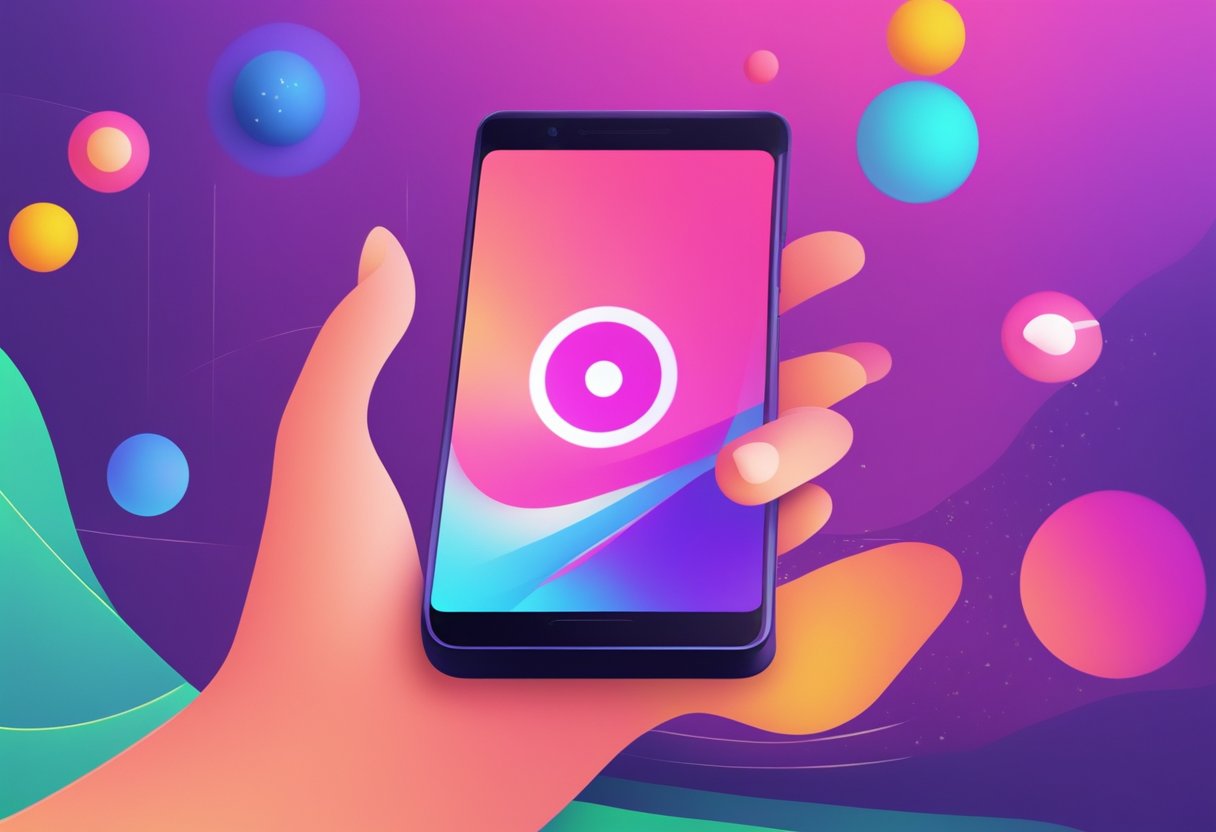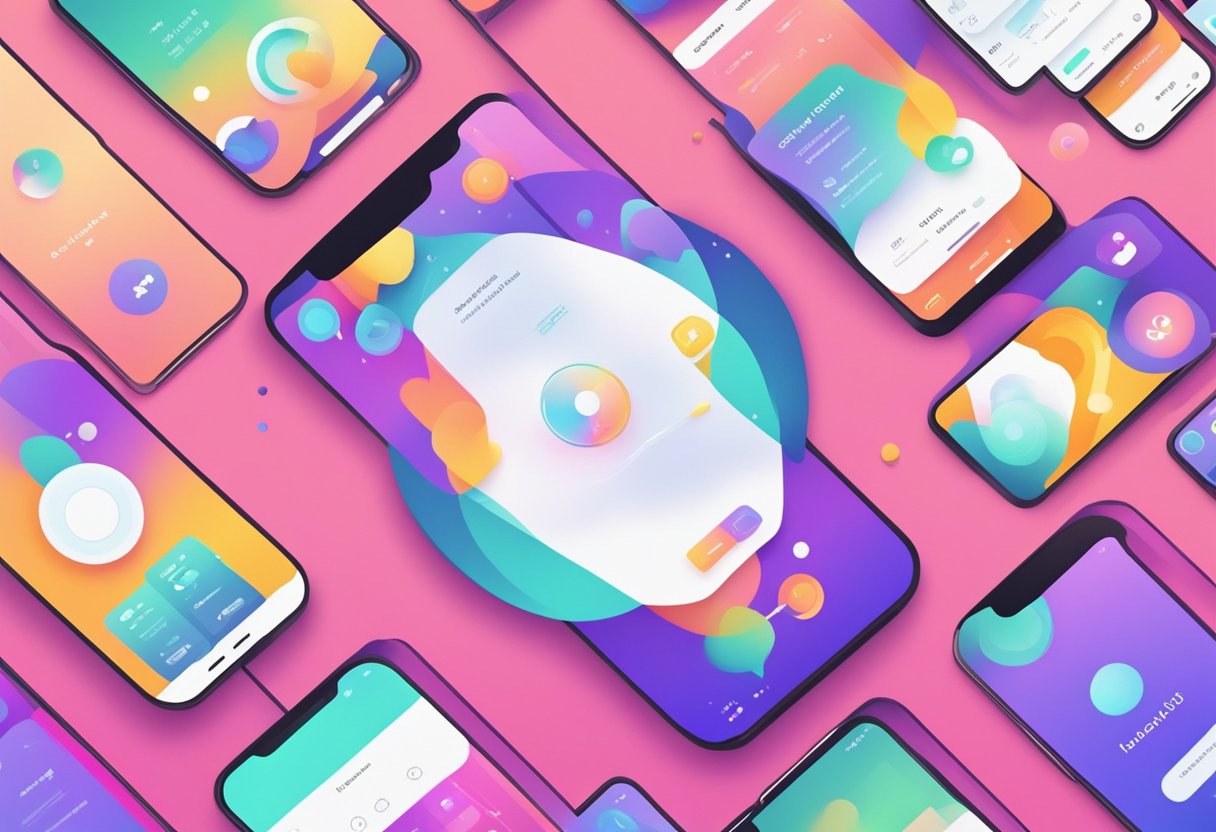React Native is a popular framework for building mobile applications. One of the critical aspects of any mobile application is the user experience, which can be enhanced by adding animations and splash screens. Animated splash screens and loading animations can provide a more engaging and polished experience for users, making them feel like they are interacting with a high-quality application.

Building animated splash screens and loading animations in React Native requires a basic understanding of animation concepts and the React Native framework. Animations in React Native are built using the Animated API, which provides a set of functions and components for creating and managing animations. The Animated API allows developers to create different types of animations, such as opacity, scale, and translate, and to combine them to create more complex animations. Additionally, React Native provides several built-in components for creating splash screens and loading animations, such as ActivityIndicator and ImageBackground.
In this article, we will explore the process of building animated splash screens and loading animations in React Native. We will cover the basic concepts of animation in React Native, how to use the Animated API to create different types of animations, and how to use built-in components to create splash screens and loading animations. By the end of the article, readers will have a clear understanding of how to create engaging and polished user experiences in their React Native applications.
Índice De Conteúdo
Fundamentals of Animation in React Native

Animations are an essential part of modern mobile app design, and React Native provides a robust set of tools to create stunning and engaging animations. In this section, we’ll explore the fundamentals of animation in React Native, including the Animated API, LayoutAnimation, and third-party animation libraries.
Understanding the Animated API
The Animated API is a built-in animation library in React Native that allows developers to create complex and high-performance animations. The API provides a set of animated components that can be used to animate any property of any React Native component.
The Animated API works by defining an animated value and then mapping that value to a specific property of a component. The value can be changed over time, and the component will automatically update to reflect the new value.
React Native’s LayoutAnimation
React Native’s LayoutAnimation is another built-in animation library that allows developers to create simple and smooth animations for layout changes. LayoutAnimation uses a declarative syntax to define the animation, making it easy to use and understand.
LayoutAnimation works by defining a set of animation properties, such as duration and easing, and then applying those properties to the layout change. When the layout changes, LayoutAnimation will automatically animate the transition, creating a smooth and seamless animation.
Integrating Third-Party Animation Libraries
While React Native’s built-in animation libraries are powerful and versatile, there are also many third-party animation libraries available that can add even more functionality and flexibility to your app.
Some popular third-party animation libraries for React Native include Lottie, React Native Reanimated, and React Native Animatable. These libraries provide a wide range of pre-built animations, as well as tools for creating custom animations.
In conclusion, understanding the fundamentals of animation in React Native is essential for creating engaging and dynamic mobile app experiences. By leveraging the Animated API, LayoutAnimation, and third-party animation libraries, developers can create stunning animations that enhance the user experience and make their apps stand out from the crowd.
Creating Animated Splash Screens
When it comes to building a mobile app, the splash screen is the first thing that users see when they launch the app. A well-designed splash screen can create a positive first impression and set the tone for the rest of the user experience. In React Native, creating an animated splash screen can be achieved using various animation libraries like React Native Animatable, Lottie, and Animated API.
Designing the Splash Screen
Before diving into the implementation of the animated splash screen, it is essential to design the splash screen. The splash screen should be designed in such a way that it reflects the brand identity and provides value to the user. The designer should keep in mind the app’s theme, color scheme, and typography while designing the splash screen.
Implementing Animation with Timing
Once the design of the splash screen is finalized, the next step is to implement the animation. The animation can be achieved using the Animated API provided by React Native. The Animated API provides a set of methods that can be used to create complex animations. The most commonly used method is the Animated.timing() method, which is used to create animations that change over time.
Handling Animation Completion
After implementing the animation, it is essential to handle the animation completion. The animation should be timed in such a way that it completes before the app’s main screen is rendered. Once the animation is complete, the app’s main screen should be rendered, and the splash screen should be unmounted.
In conclusion, creating an animated splash screen in React Native is a crucial aspect of building a mobile app. It requires a combination of design skills and knowledge of animation libraries and the Animated API. By following the above steps, one can create an engaging and visually appealing animated splash screen that leaves a positive impression on the user.

